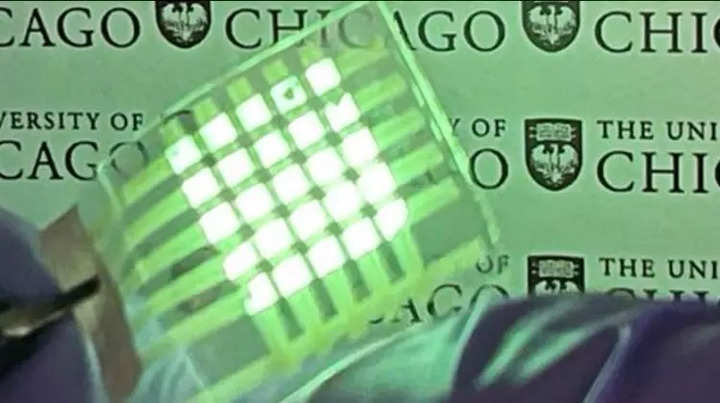
Google is making it easier for developers to bring their Internet of Things (IoT) apps to cars. The tech giant has introduced driving-optimized templates in the Android for Cars App Library for developers to start building their IoT apps for cars. Testing apps is also simplified with the Automotive OS emulator for Android Automotive OS and the DHU for Android Auto.
Developers can access the updated documentation, car quality guidelines, and design guidelines on Google’s website. For additional instructions on building IoT apps, they can visit the same website.
Users of cars with Android Auto can immediately download IoT apps developed with the Android for Cars App Library from Google Play. They can then manage supported IoT systems like home security cameras and smart garage doors, among others, using their respective apps straight from their cars.
To ensure their car-optimized apps are compatible with different systems, developers can access the OEM emulator system images that are downloadable in Android Studio.
Google expressed excitement over the IoT apps for cars that developers will build. Developers interested in joining Google’s Early Access Program in the future can fill out the interest form available on Google’s website.
Developers looking for more information on how to get started with the Android for Cars App Library should visit this link.


